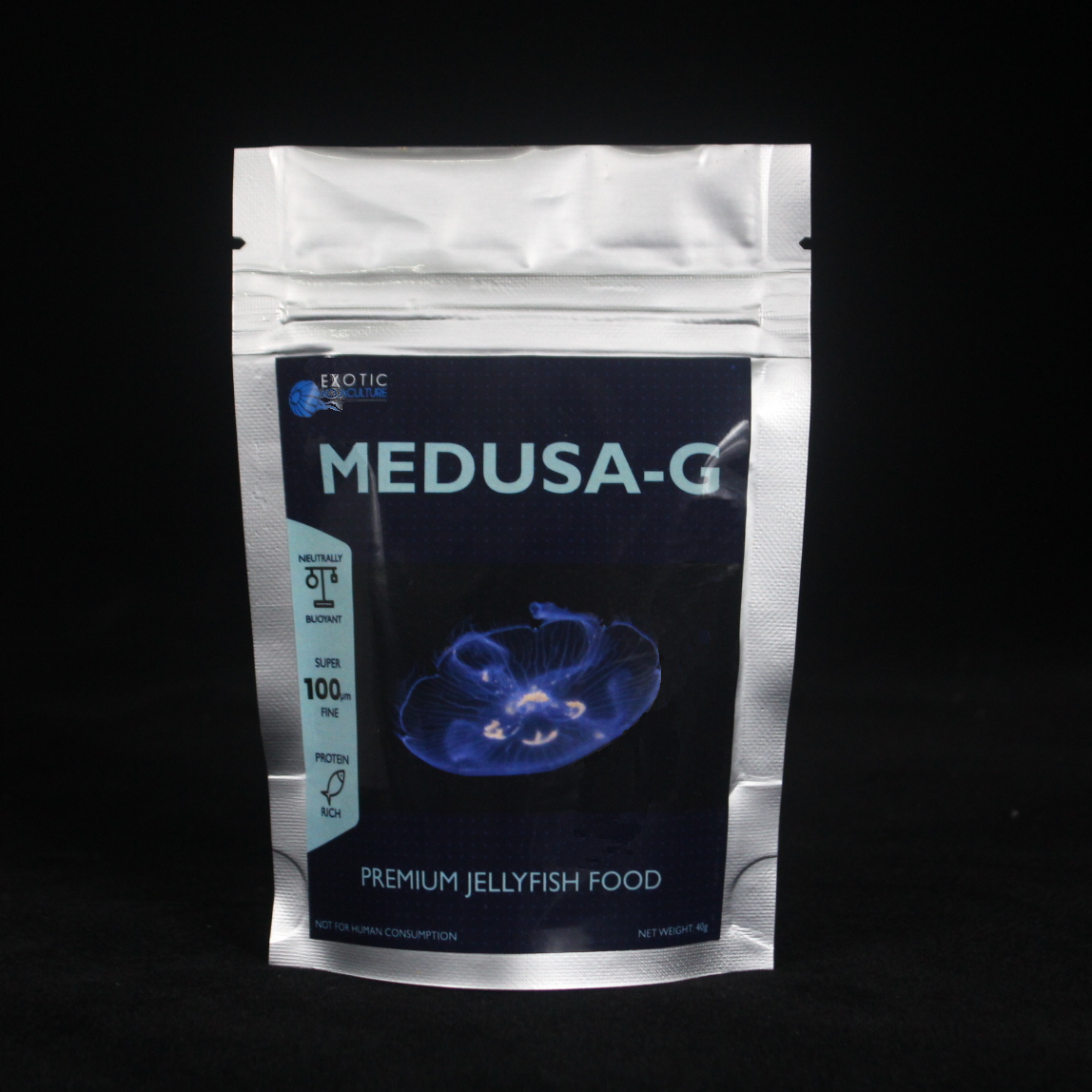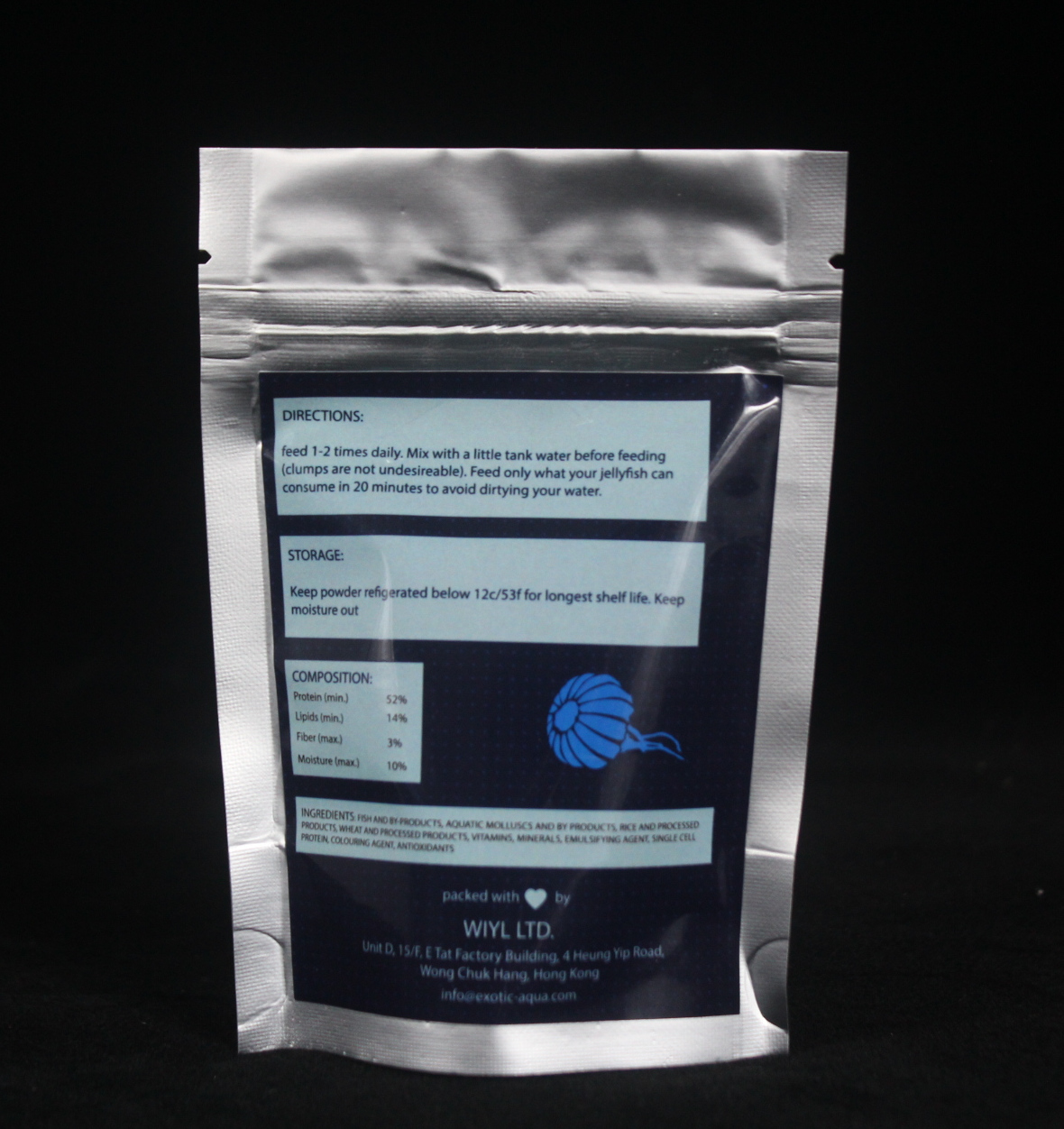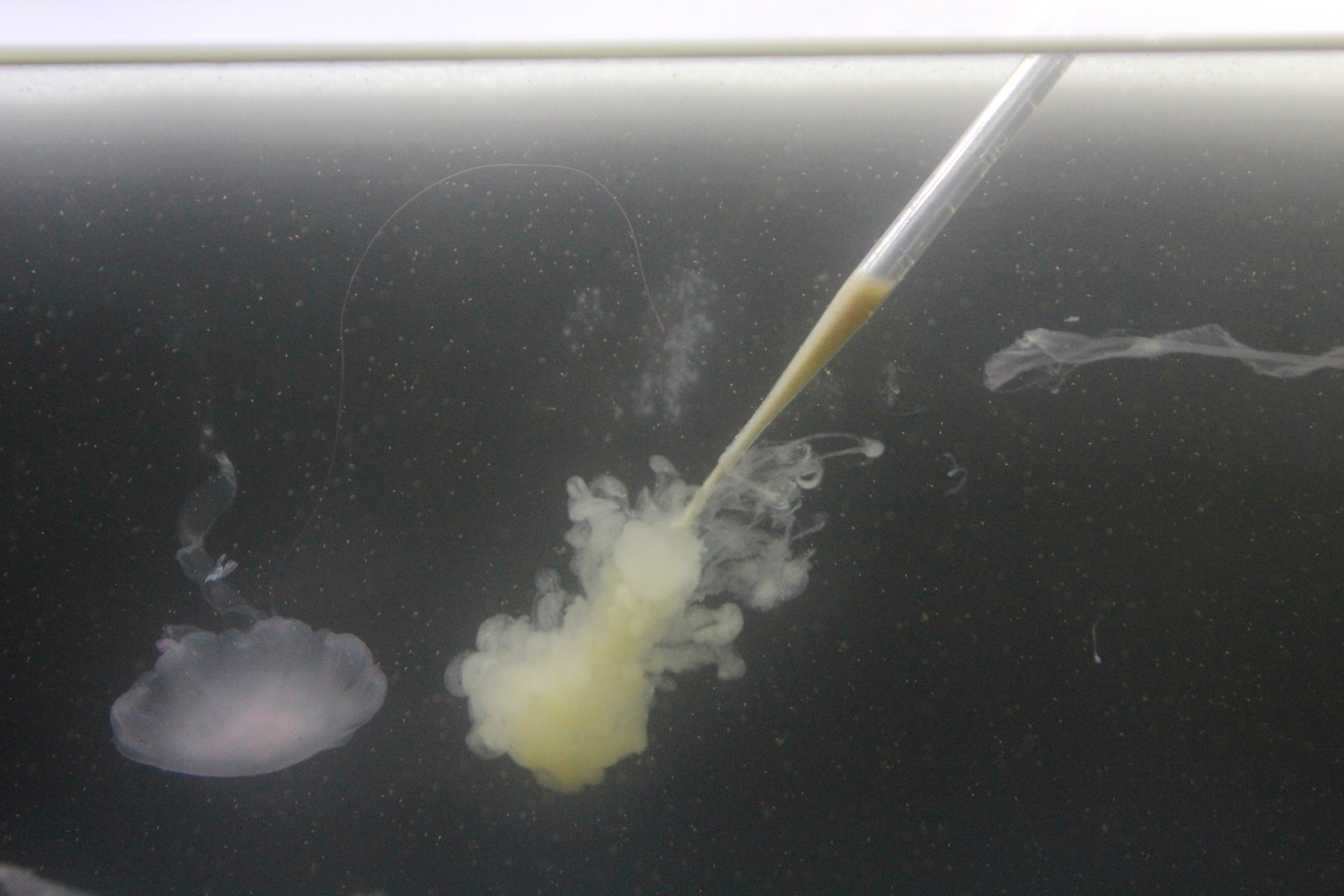Atlantic Sea Nettle Careguide
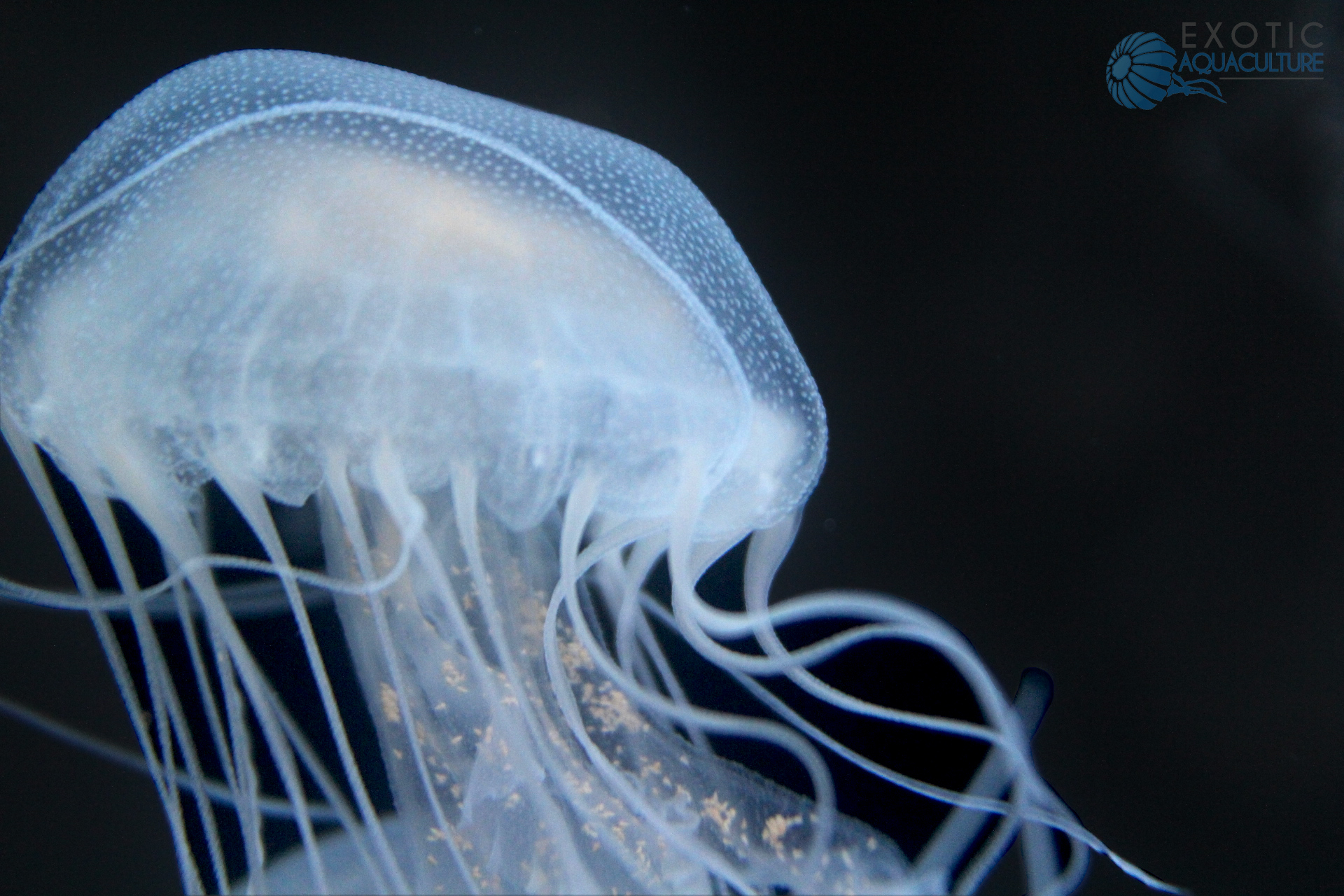
The Atlantic Sea Nettle (Chrysoara quinquecirrha) is in our opinion one of the easiest and most rewarding jellyfish to keep, and is a fantastic entry into keeping Sea Nettles in general. Their unique and elegant translucent white color makes them look fantastic in a tank both under white and coloured LEDs, yet they stay small, making them far more accessible to keep than other species of nettles. They can also handle a wide range of temperatures, but more on that later.
| Atlantic Sea Nettle | |
|---|---|
| Temperature | 18-26c |
| Salinity | 20-29ppt |
| Aggression | High |
| Diet | Artemia nauplii, sea food mix, cyclops, Medusa-G, adult Artemia |
Identification
Atlantic Sea Nettles have a very characteristically “nettle” look, with long flowing oral arms and equally long tentacles. Their oral arms are all detached, are about the same length as their tentacles and frilly. While specimens in the wild may have a brown cross shaped pattern on their bell, the ones cultured in captivity do not seem to develop the same coloration and stay entirely translucent white in their lifetime. They reach a max size of a little less than 2.5 inches (about 6cm) in bell diameter and reach this size at around 6 months old. At their fully grown size they do have a slight sting, but it usually only stays for around 30 minutes and does not hurt too much in most cases.
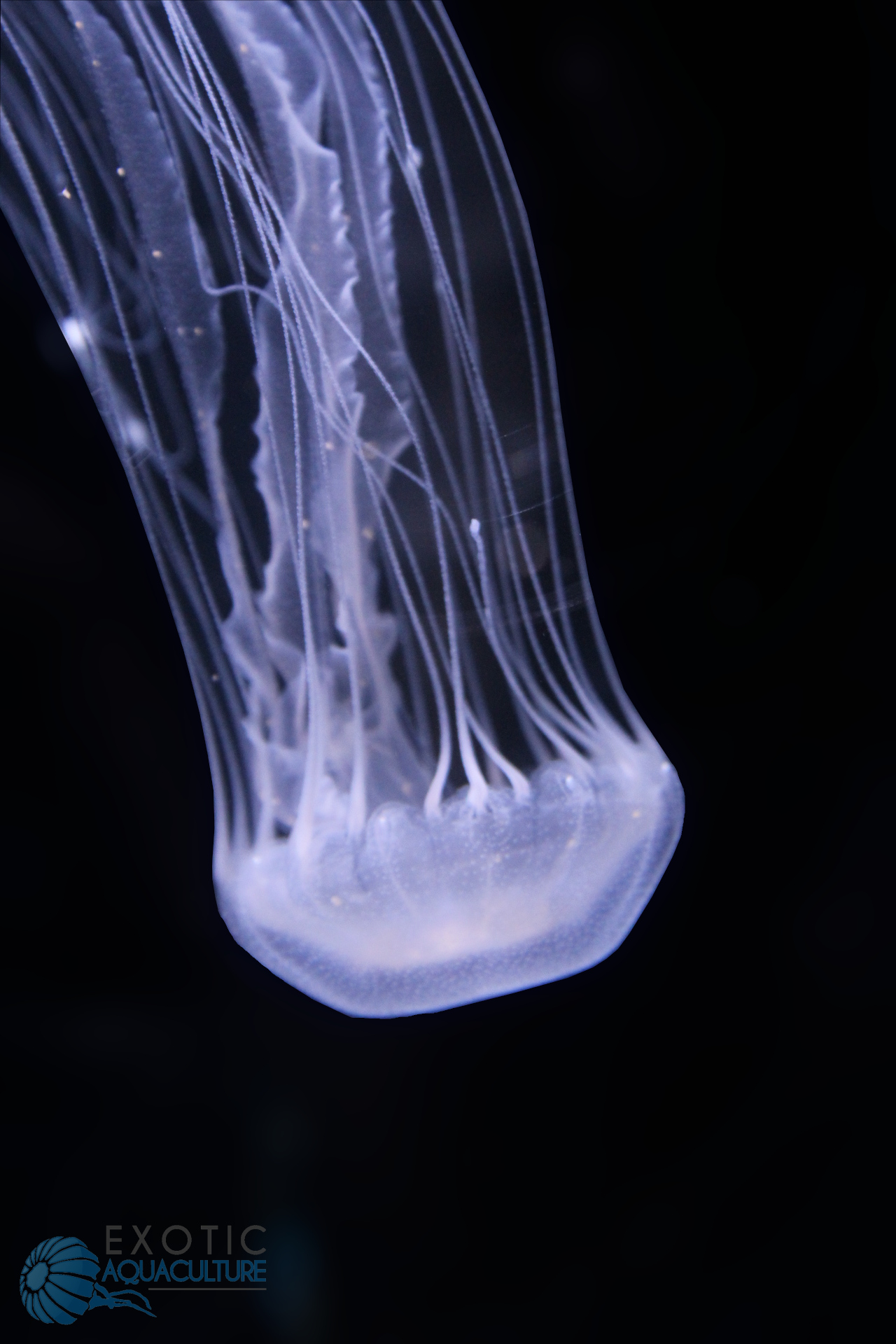
A Cultured Atlantic Nettle
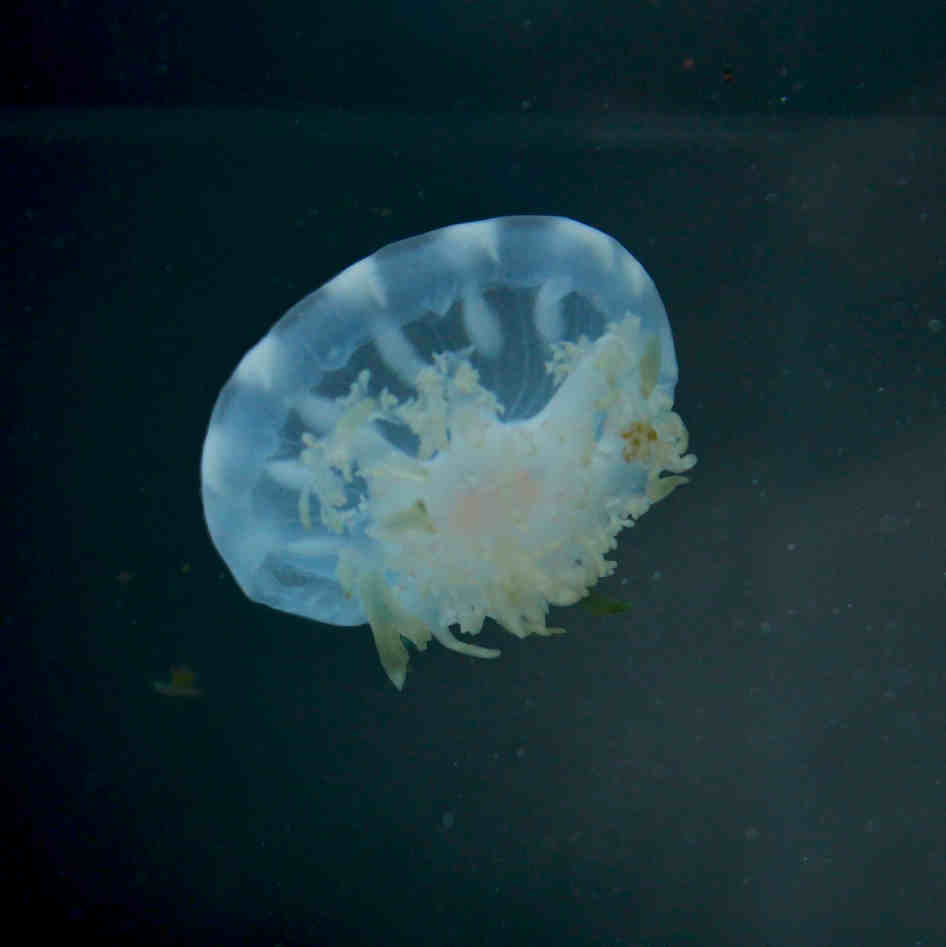
The minimum tank requirements for jellyfish aren’t so cut and dry, mostly it comes down to how much filtration capacity you have and the aesthetics you are aiming for. As a general rule of thumb we would suggest 2-4 full sized nettles in our 16L AIO tank and 1-2 in our 8L AIO tank. These suggestions don’t exceed the maximum bioload capacity of our tanks, and also provide enough space for the nettles to fully extend and look the best they can
Its important you get a Kreisel Tank, a tank made specifically for jellies that allow a consistent water flow around the tank so they don’t fall to the floor or get stuck in a corner. This also makes sure that the fragile jellies don’t get sucked into the filtration which could potentially damage or kill them
Feeding nettles is rather easy, as they are long tentacled jellyfish they are able to eat a wide variety of food at different sizes. A good staple consists of live/frozen baby brine shrimp, adult brine shrimp, blended sea food mix or our own powdered Medusa-G Jellyfish Food
It is important that you only feed just enough as they can eat in 10-30 minutes so that you don’t risk food decomposing and contributing to an increased nitrate level. We suggest feeding them between 1-3 times a day, whatever your schedule allows for.

A large jug of Artemia

